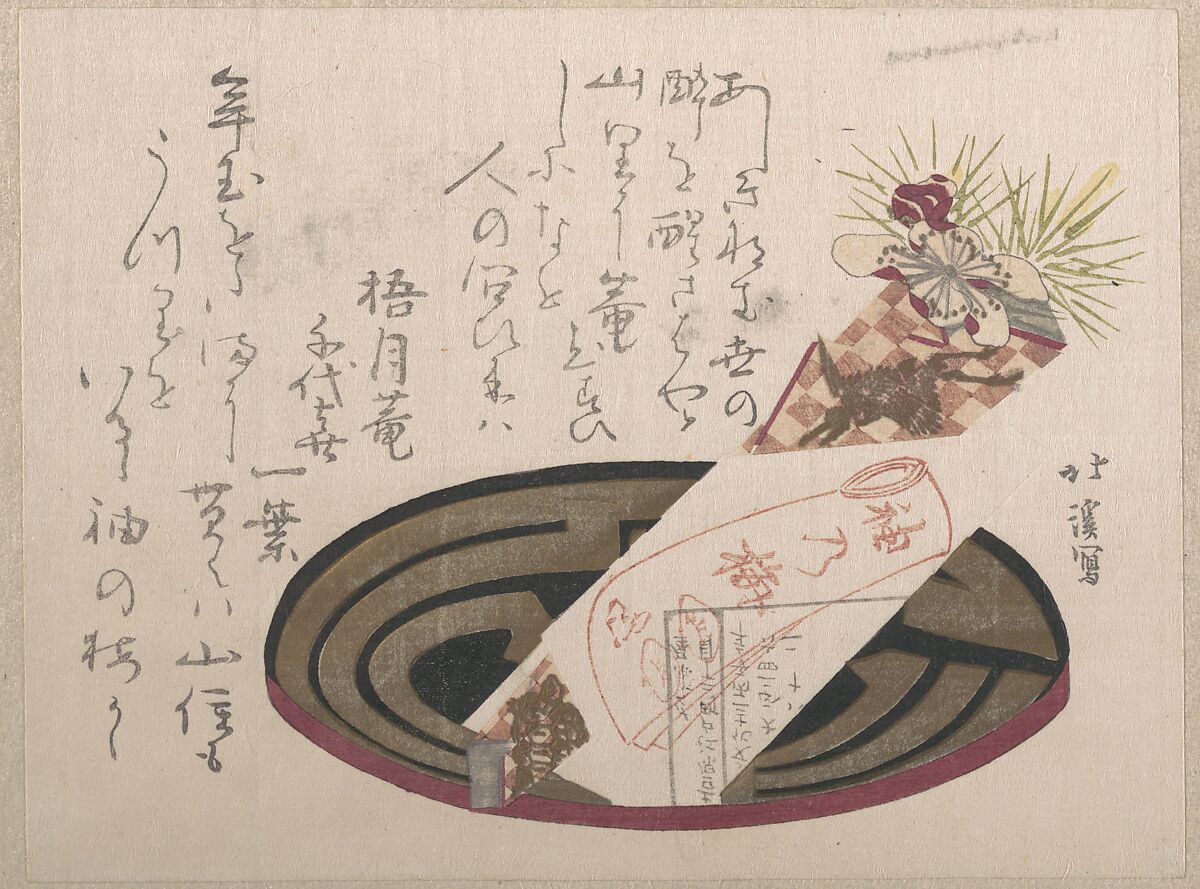From Ancient Chinese Tombs to Outer Space: The Evolution of Origami
By Something CuratedThe word “origami” most likely conjures images of neatly folded paper cranes and centuries-old traditions rooted in Japanese history. And while Japan undoubtedly played a critical role in the practice’s evolution and popularisation, the story of paper folding as an art form is richer and more culturally diverse than many assume.
To understand its origins, one must first look at the invention of paper itself. Paper — certainly the closest thing to the modern version of the material — was created in China during the Eastern Han Dynasty, and the court official, Cai Lun, is widely credited as the inventor in historical texts. Although recognised as the originator of paper, earlier forms of paper have existed since the 3rd century BCE, so Cai’s contributions are more accurately innovation — mainly the addition of pulped tree bark and hemp — rather than invention.

While the Chinese initially used paper for writing, its pliability naturally lent itself to folding. Referred to by the Chinese name zhezhi, paper folding was first used in China for ceremonial purposes. At funerals, the bereaved would burn folded paper representations of the golden nuggets used as currency. It was also a common practice to fold tiny replicas of items that were meaningful to the deceased to include in tombs.
After it’s development in China, paper spread throughout Asia, carried along trade routes to Korea, Vietnam, and eventually Japan in the 6th century. Similar to China, early Japanese paper folding was closely linked to religious ceremonies, particularly within the Shinto tradition. Noshi, a form of folded paper used in ceremonial exchanges, is one of the earliest examples of Japanese paper folding; these folded forms were often simple and symbolic, representing good fortune.

By the Edo period, paper had become more accessible in Japan, allowing paper folding to move beyond religious and ceremonial contexts. The word “origami” comes from the Japanese words “ori” meaning “to fold” and “kami” meaning “paper.” Designs became increasingly complex with instructional books, such as the Senbazuru Orikata, 1797 — which famously provides the instructions for folding one thousand paper cranes — playing a crucial role in publicising the art form.
While Japan had a central role in developing the art of paper folding through origami, similar craft traditions were emerging independently in other parts of the world. In Europe, particularly in Spain, the Moors introduced a form of geometric paper folding around the 12th century. This technique, known as papiroflexia, was primarily used to create mathematical shapes and patterns, reflecting the Moorish appreciation for geometry.

Interestingly, some scholars suggest that the Spanish and Japanese traditions may have influenced each other, possibly through trade routes, though the evidence remains circumstantial. What is clear, however, is that by the 20th century, these diverse paper folding traditions began to merge, leading to a globalised art form that drew from multiple cultural sources.
The 20th century marked a significant turning point for origami. Akira Yoshizawa, often referred to as the father of modern origami, revolutionised the art by developing new techniques and introducing wet folding, which allowed for the creation of more sculptural designs. Yoshizawa’s work elevated origami’s status to a living art form, one that was continuing to advance, inspiring countless artists worldwide. The evolution of origami is a testament to the power of cultural exchange.
In more recent times, origami has found its place in the fields of science and technology. The principles of paper folding have been applied to engineering, robotics, and even space exploration. For instance, NASA has taken inspiration from origami to develop a new spacecraft — the prototype wraps into a cylinder for launch, then unfurls to block starlight reaching a space telescope. And in medicine, origami has inspired the development of microsurgery robots and medical stents, among other applications.
Feature image: Romulus and Remus by pioneering Japanese origamist Akira Yoshizawa. Photo: Pinterest